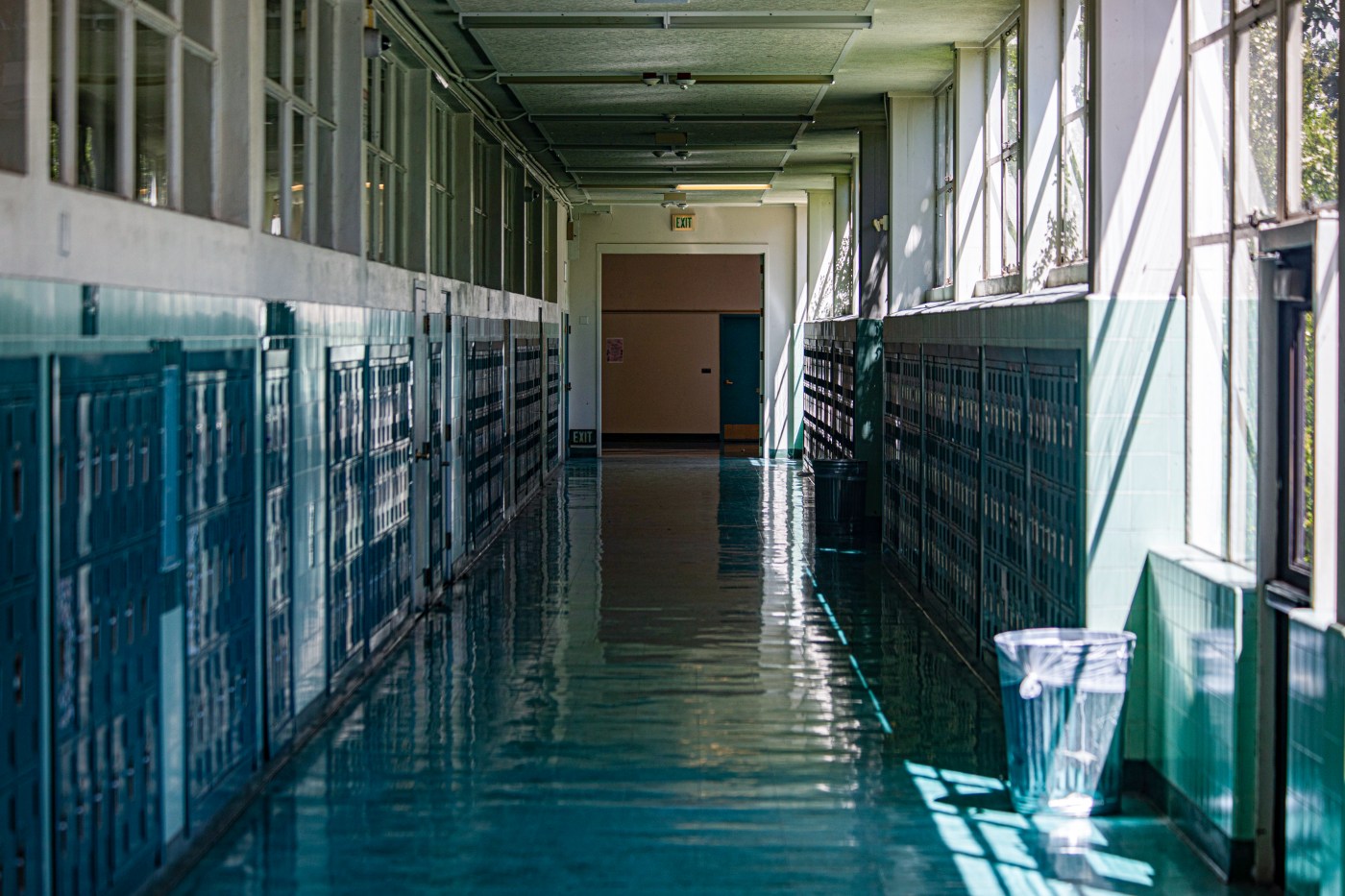
Editor’s note: This story was produced for the independent Mosaic Journalism Program for Bay Area high school students, an intensive course in journalism. Students in the program report and photograph stories under the guidance of professional journalists
Going to school is something a lot of kids dread. Despite knowing how important it is, sometimes life gets in the way and missing school can be a necessity. What happens when kids take that to the extreme?
Lately, California schools have focused more on chronic absenteeism, defined as when a student misses 10% or more of the school year. Almost 25% of California high school students fell into that category in the 2022-23 school year, according to the California School Dashboard.
Not attending school may affect whether students graduate or not.
“Attendance is the No. 1 predictor of graduation and dropout rates,” said Sergio Diaz, director of communications for the East Side Union High School District.
Last year, the state’s graduation rate slipped 1 percentage point to 86.4%. East Side Union’s graduation rate dropped 2.6 percentage points to 86.9%, but some schools reported much greater decreases.
The East Side schools whose rate declined the most were Mount Pleasant, dropped 6%; Overfelt, dropped 10.3%; and James Lick, dropped 16%.
In the San Jose Unified School District, San Jose High experienced a 7.6% decline and Gunderson, a 7.5% drop.
Diaz said East Side Union has an “early warning system,” which alerts them when students need extra support. The early warning system works based on categories. There’s the green category which focuses on students who are missing school but not falling behind in classes. When students start getting a D or an F in a class as well as missing school, they move into the yellow category. They make it into red when they have multiple D’s or F’s and are constantly missing school.
Related Articles
Boba cafe brings Viet cuisine to Alum Rock neighborhood
Teens lean on AI for mental health support
Bay Area schools look to tackle fentanyl crisis head on
San Jose Museum of Art exhibit looks at Mexican American life
San Jose rolls through open streets for Viva CalleSJ
Some East Side schools have one-on-one talks to handle students who are chronically absent. Other schools create a personalized plan for those students to help them improve their grades as well as their attendance, according to Diaz.
He said 35.1% of chronic absences are by lower-income students. One issue is that some of these students may not have health care coverage, so are unable to get a doctor’s note to excuse their absences when they are sick.
Chronic absenteeism had been stable at a lower rate for many years.
California didn’t start tracking chronic absences until about eight years ago, said Hedy Chang, executive director of Attendance Works, which addresses the issue.
At that time the state’s chronic absence rate hovered between 11% and 12%.
But during the 2021-22 school year, when many came back from virtual learning, absences skyrocketed, rising 30%. A significant factor was how attendance was taken in the previous year during virtual learning. It was easy to determine a student as “present,” since most of the time showing up in online classes for just a second was enough.
“The year after was also a tricky one to consider due to all the variants of COVID,” Chang said. “Students and staff were constantly in and out due to quarantining. Even something as simple as the common cold was enough for people to not send their kids into school, causing chronic absences to double.”
The chronic absentee rate in the state decreased 5.7 percentage points in 2023, but still nearly one in every four high school students missed at least 10% of school, according to the same report.
Jazmine Heredia was a member of the class of 2024 at Yerba Buena High School in San Jose. Karissa Garza is a member of the class of 2027 at James Lick High School in San Jose.

